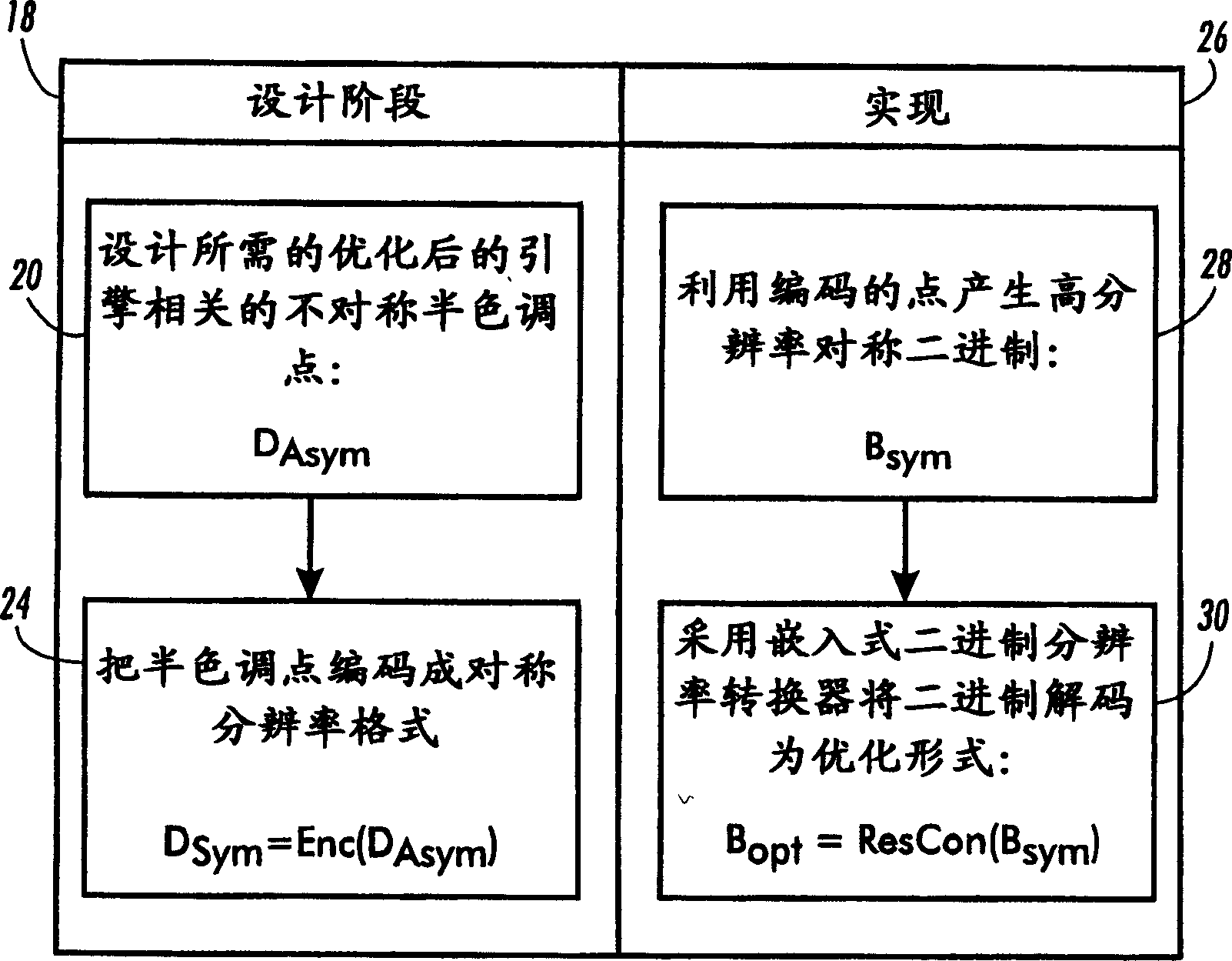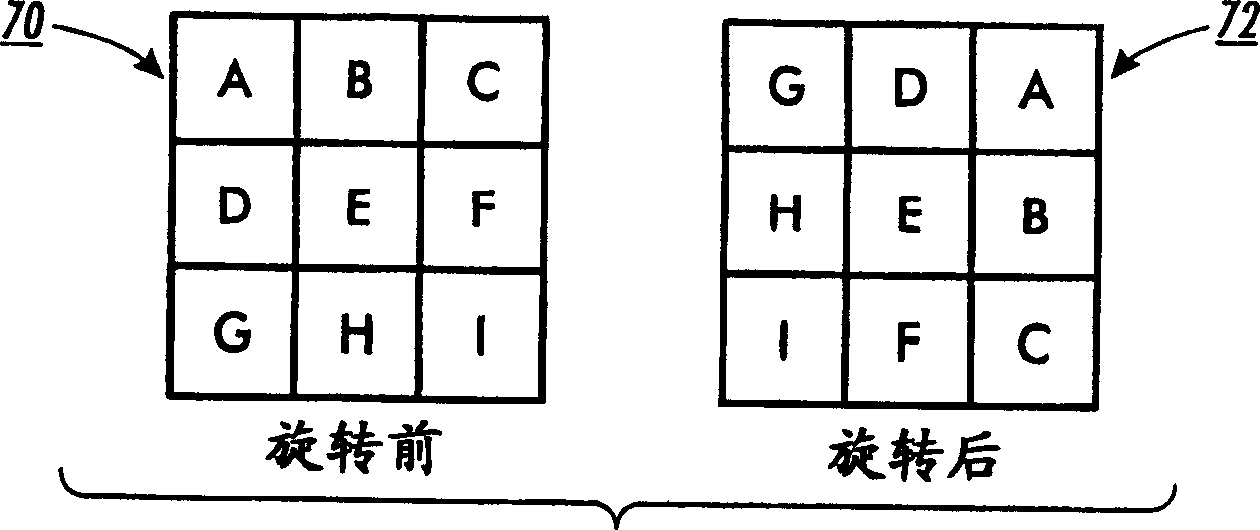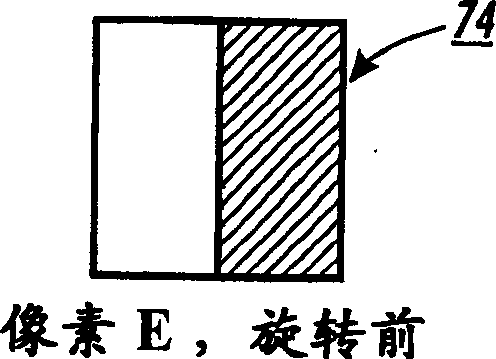Halftone dot encoding
A halftone dot and encoding technology, applied in the field of image processing, can solve problems such as undesired binary patterns and reduced image quality
- Summary
- Abstract
- Description
- Claims
- Application Information
AI Technical Summary
Problems solved by technology
Method used
Image
Examples
Embodiment Construction
[0021] Disclosed is a method in an embodiment of halftone dot coding for engine dependent rendering. The method of the embodiments optimizes the asymmetric halftone dots by encoding the asymmetric halftone dots into a symmetrical resolution format; Binary resolution conversion algorithm to decode.
[0022] figure 1 The method for encoding halftone dots is described in , where a two-stage process is designed and implemented respectively. In the design phase 18, the halftone dot design 20 and dot encoding algorithm 24 are developed offline for a given printing press. The halftone dot design 20 is adapted to the characteristics of the (asymmetric) raster output scanner (ROS) electronics and marking engine. Next, these points are encoded 24 into Postscript TM Compatible symmetric formats. In the implementation part 26 of the method, the coded points are loaded into a digital front end (DFE). When the file is reproduced, the resulting binary 28 appears to encode a pattern of ...
PUM
 Login to View More
Login to View More Abstract
Description
Claims
Application Information
 Login to View More
Login to View More - R&D
- Intellectual Property
- Life Sciences
- Materials
- Tech Scout
- Unparalleled Data Quality
- Higher Quality Content
- 60% Fewer Hallucinations
Browse by: Latest US Patents, China's latest patents, Technical Efficacy Thesaurus, Application Domain, Technology Topic, Popular Technical Reports.
© 2025 PatSnap. All rights reserved.Legal|Privacy policy|Modern Slavery Act Transparency Statement|Sitemap|About US| Contact US: help@patsnap.com



